Description
or the ninth edition of CALCULUS, the authors analyzed the copious data they receive from their website, http: //www.CalcChat.com. The site offers free solutions to odd-numbered exercises in the text. The site currently has over 1 million hits per month. The authors analyzed these hits to see which exercise solutions students were accessing most often. They revised and refined the exercise sets based on this analysis. The result is the only calculus book on the market that uses real data about its exercises to address student needs.
The Larson Calculus program has a long history of innovation in the calculus market. It has been widely praised by a generation of students and professors for its solid and effective pedagogy that addresses the needs of a broad range of teaching and learning styles and environments. Each title is just one component in a comprehensive calculus course program that carefully integrates and coordinates print, media, and technology products for successful teaching and learning.


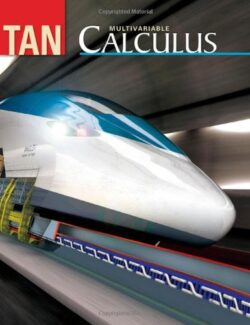
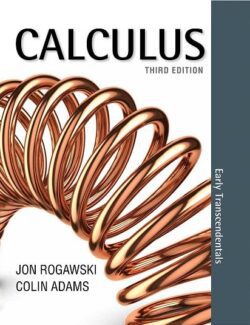
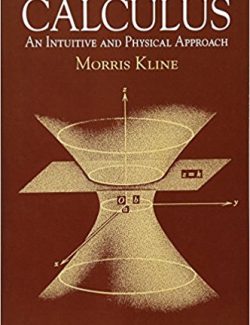
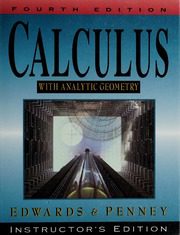
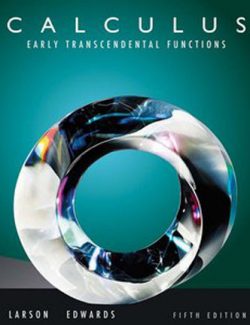
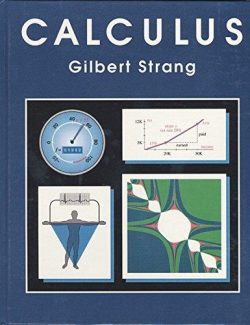
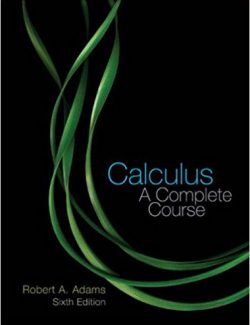
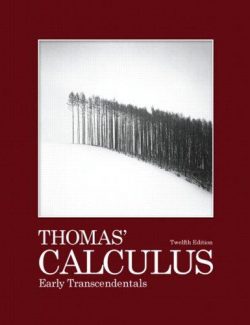
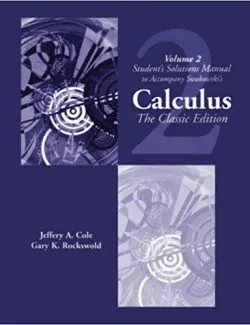


Leave us a comment
No Comments